Plant Kingdom PlantaePlants are a diverse group of organisms that share common characteristics of being photosynthetic, multicellular, and eukaryotic. They fall under the kingdom called Plantae or the Plant Kingdom. According to the five-kingdom classification, the Plant Kingdom falls on the fourth level and is characterized by organisms that show the ability to photosynthesize. Through the process of photosynthesis, they play a critical role in maintaining the balance of gases in the ecosystem. Apart from consuming carbon dioxide and giving oxygen to the atmosphere, plants also provide food and shelter and regulate the climate of an environment. In this article, we will explore the various characteristics of the Plant Kingdom, their further classification, and the role of plants in our life. 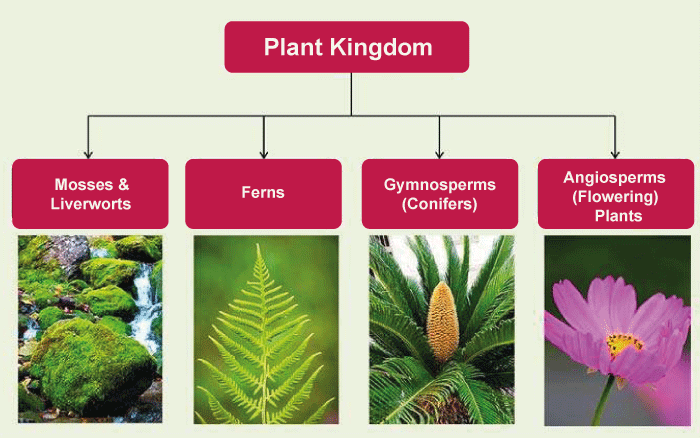
Characteristics of Plants
Classification of PlantsBased on different characteristics, the Plant Kingdom is divided into smaller subgroups. The two main subgroups under the Plant Kingdom include: Non-vascular plants: Plants falling under this category lack any specialized cells or tissues for transporting nutrients and water. Examples of non-vascular plants are liverworts, mosses, and hornworts. Vascular plants: Plants falling under this category are more advanced than non-vascular plants. They have developed specialized organs for transporting water and nutrients through the plant body. Vascular plants are further divided into smaller groups based on the presence or absence of seeds.
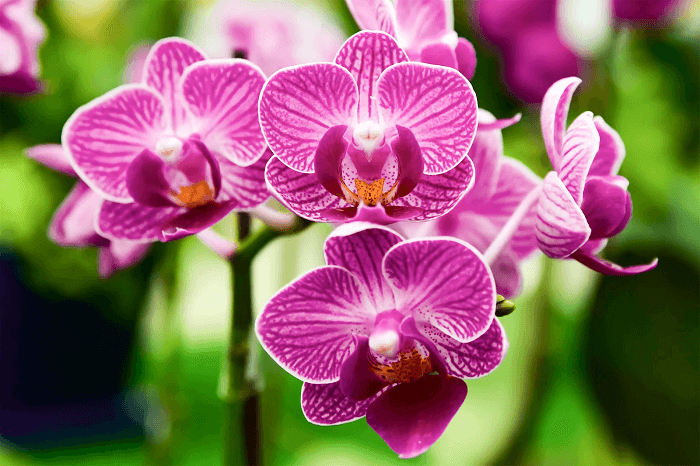
Importance of PlantsOxygen production: Plants carry out photosynthesis, whose byproduct is oxygen. Oxygen is essential because all animals use it for breathing. Production of food: Plants carry out photosynthesis and produce sugars in the form of fruits. Plants themselves are a good source of food, and the food produced by plants, such as fruits, is also a good and nutritious source of food. Ecosystem: Plants provide shelter to many animals, and even humans build their houses using the wood obtained from plants. By providing food and shelter, plants maintain balance in the ecosystem. Regulation of climate: By releasing oxygen and absorbing carbon dioxide from the Earth's atmosphere, plants play a critical role in regulating the Earth's temperature and climate. Medicines: There are many plants that have medicinal value. They provide compounds used to make medicines to treat different diseases and illnesses. Overall, we can say that the plant kingdom is a huge kingdom that comprises diverse types of eukaryotic, multicellular, and photosynthetic organisms. The plant kingdom is further divided into smaller groups based on the presence of specialized structures. These structures make a particular group more advanced than the group lacking that structure. The most complex and advanced group in the plant kingdom is angiosperms. Plants possess many characteristics that make them useful to the ecosystem and humans. Different subgroups are present in the plant kingdom based on the criteria mentioned earlier in this article. ThallophytesThe two members that fall under thallophytes are algae and fungi. Thallophytes are those plants that lack a developed plant body, and their plant body is just a thallus. They lack any specialization in leaves, stems, and roots. Algae and fungi are the least specialized plant groups, and they are very tiny organisms. They are found in a wide range of habitats, from forests to the soil to aquatic ecosystems. They play distinct roles in the ecosystem, and one of the most prominent roles of thallophytes in the ecosystem is the formation of a symbiotic association with higher organisms. 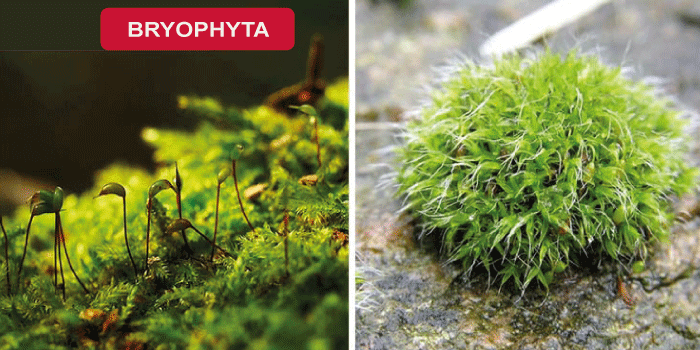
Algae are aquatic organisms that vary largely in size. Algae can be single-celled organisms like diatoms to larger and more complex multicellular organisms like seaweed. They have the ability to perform photosynthesis, and through this process, algae convert a large amount of light energy into chemical energy. This property makes algae the primary producers of aquatic ecosystems. Algae serve as the founding member of all the aquatic food chains/food webs. On the other hand, fungi are a group of organisms that do not perform photosynthesis. While algae are autotrophic organisms, fungi are heterotrophic. They cannot synthesize their food by photosynthesis and thus rely on other organisms for nutrition. They are omnipotent. That is, they are found in almost all environments, including soil, living matter, decaying matter, and extreme environments. Fungi are widely known for their ability to work as decomposers. This characteristic makes them an important part of the ecosystem. Algae and fungi can come into a symbiotic relationship by forming lichens. In this relationship, both algae and fungi benefit from one another. Algae provide food to the fungal component by performing photosynthesis, and fungi provide safety and shelter to the algal component. Lichens are composite organisms found in a variety of environments, like the bark of trees and rocks. Lichens are the indicator of pollutants. Aquatic biofilms are another organism formed by the interaction of algae and fungi. The surface of aquatic environments is covered by complex communities of microorganisms called biofilms. In some cases, biofilms are primarily made up of algae, and in other cases, they are primarily formed from fungi. But in most cases, biofilms are made up of both algae and fungi. Just like lichens, in biofilms also, algae provide food to fungi by carrying out photosynthesis. On the other hand, fungi provide a protective environment for the algae. Biofilms can act as important habitats for many organisms, and they are also an important component of the nutrient cycle. Bryophytes are the most primitive group of plants and are also called non-vascular plants because they lack any specialized organ or tissue for transporting nutrients and water throughout the plant body. They are not very complex plants and are small in size but macroscopic. They usually grow in damp environments and are usually found in places like wetlands, forests, and bogs. They do not bear seeds and thus reproduce through spores. Their life cycle alternates between a haploid gametophyte and a diploid sporophyte. The gametophyte is the dominant stage in their life cycle. Examples of bryophytes include liverworts, hornworts, and mosses. 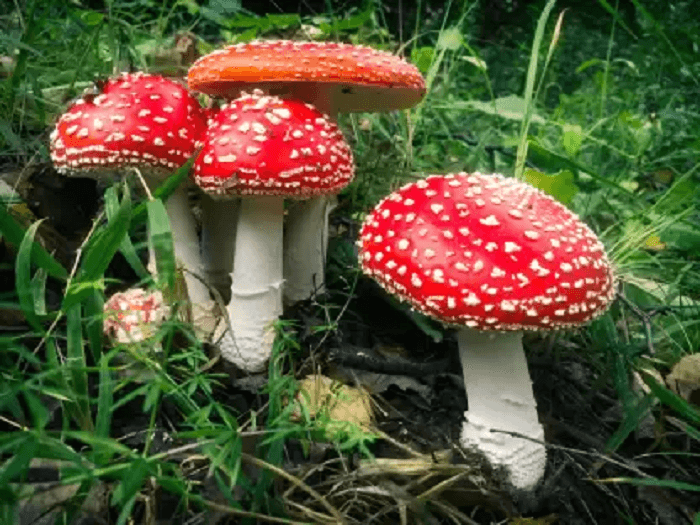
Pteridophytes are the first category of plants that developed specialized vascular tissues. Vascular tissues are the tissues that help the plant in transporting water and nutrients throughout the plant body. They do not produce seeds and instead rely on spore formation for the reproduction process. The life cycle of pteridophytes alternates between a haploid stage called gametophyte and a diploid stage called the sporophyte. Unlike bryophytes, in pteridophytes, the dominant stage in their life cycle is the sporophyte. Examples of pteridophytes include ferns, horsetails, and club mosses. Gymnosperms come under the advanced and complex group of plants that reproduce by producing seeds. In the case of gymnosperms, seeds are produced, but there is no formation of flowers or fruits. The seeds of gymnosperms are called naked seeds. Like bryophytes and pteridophytes, the life cycle of gymnosperms also alternates between a haploid stage called gametophyte and a diploid stage called a sporophyte. In the case of gymnosperms, just like pteridophytes, the sporophyte is the dominant stage of the life cycle. Gymnosperms are commonly found in dry environments, and they have the ability to withstand harsh dry climates. Examples of gymnosperms include cycads, conifers, and ginkgoes. 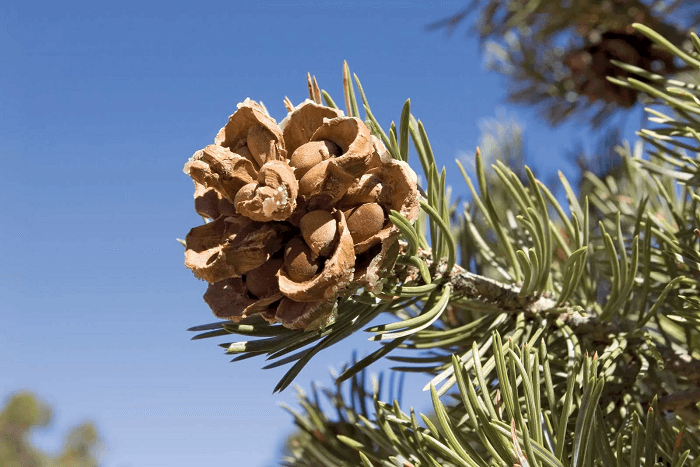
The most complex and highly specialized subgroup of the plant kingdom is angiosperms. These plants have seeds, and they also form flowers and fruits. Since the seeds are enclosed under fruits, they are not called naked seeds like in gymnosperms. The sporophyte stage, out of the two stages of alternate life cycles in plants, is the dominant stage in angiosperms. This group is the most diverse group among all other subgroups under the kingdom Plantae. Plants under angiosperms are further divided into two categories: i. Monocots: Plants having only one cotyledon in their seeds are called monocotyledons or monocots. Their leaves are distinct as they have parallel veins and dumbbell-shaped stomata. ii. Dicots: Plants whose seeds have two cotyledons are called dicotyledons or dicots. Their leaves have reticulate venation and kidney-shaped stomata.
Next TopicBlood Pressure Range
|
 For Videos Join Our Youtube Channel: Join Now
For Videos Join Our Youtube Channel: Join Now
Feedback
- Send your Feedback to [email protected]
Help Others, Please Share









